Linakran Birthday Celebration
In Linakra, birthdays are usually celebrated with a family gathering during which members of the party each share a special memory of the celebrated individual or read a poem or prayer intended to bestow good will on the individual. After everyone has shared, the person is presented with a new set of clothes which represent purity and new chances. Because the clothes are new, they are clean of anything harmful which the person may have encountered at past moments in their life, and therefore offer a form of symbolic protection from evil. It is considered good luck for the person to wear the new clothes on the day they are given.
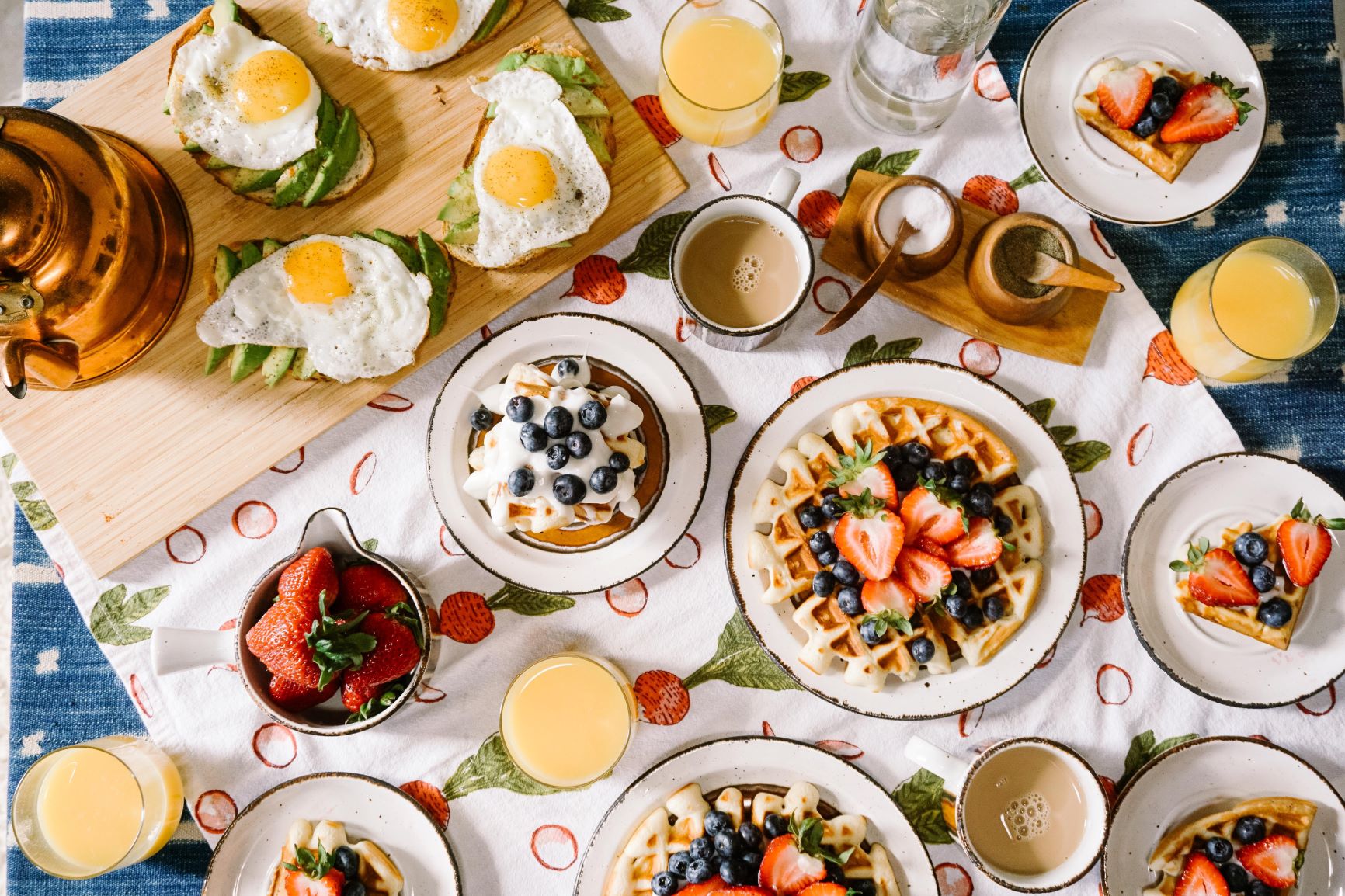 When celebrating multiple birthdays, each member of the party will offer a memory or blessing to the one honored person. Then the group each offers memories and blessings for the next, and so on until everyone has been blessed. In some cases, members of the party offer blessings for all honored people at once, in which case they may bless each person in turn or offer a memory which all were a part of. This is especially common in families with twins. Regardless, clothing is given to everyone at once, and only after all have been blessed.
When celebrating multiple birthdays, each member of the party will offer a memory or blessing to the one honored person. Then the group each offers memories and blessings for the next, and so on until everyone has been blessed. In some cases, members of the party offer blessings for all honored people at once, in which case they may bless each person in turn or offer a memory which all were a part of. This is especially common in families with twins. Regardless, clothing is given to everyone at once, and only after all have been blessed.
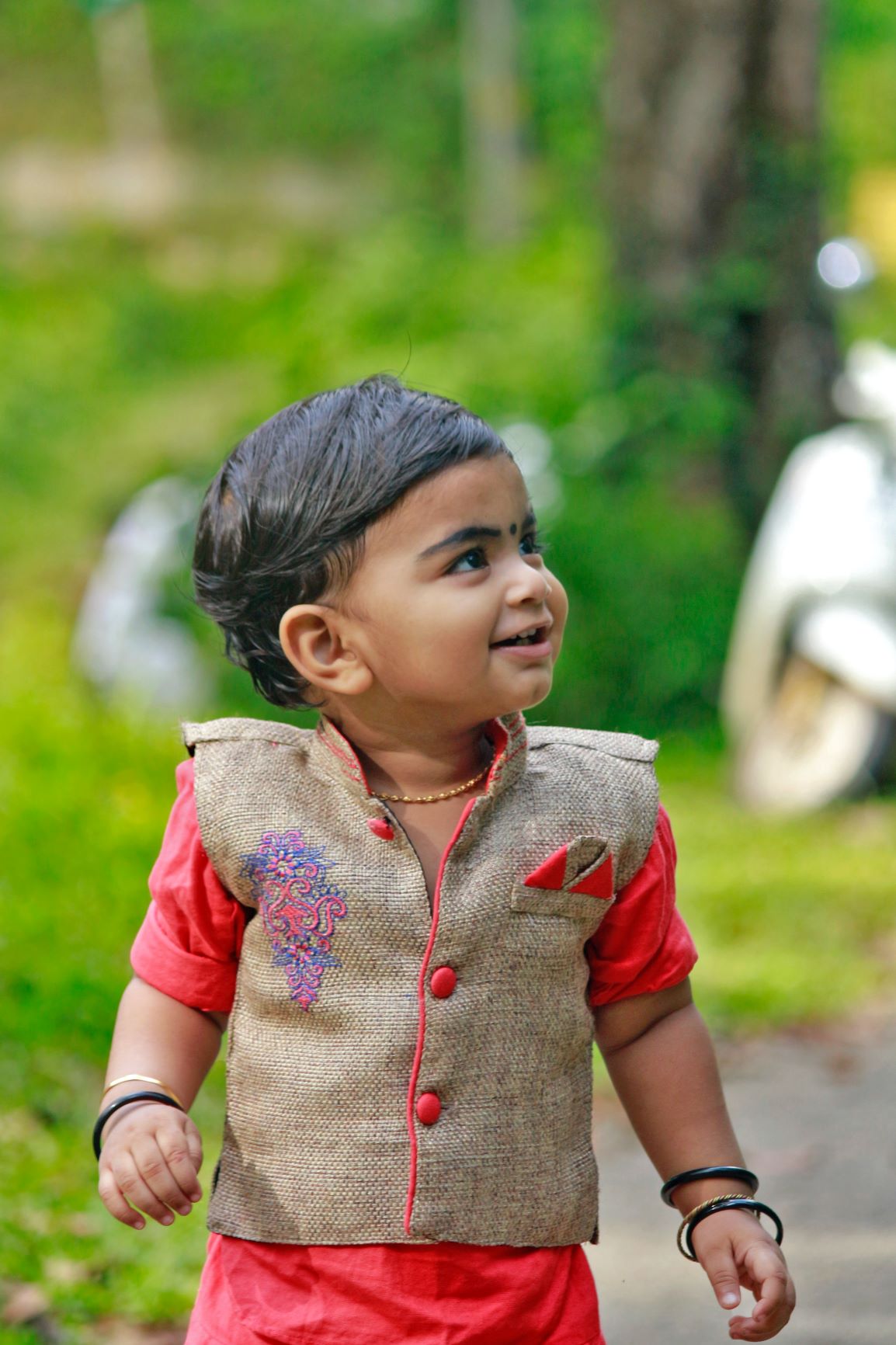
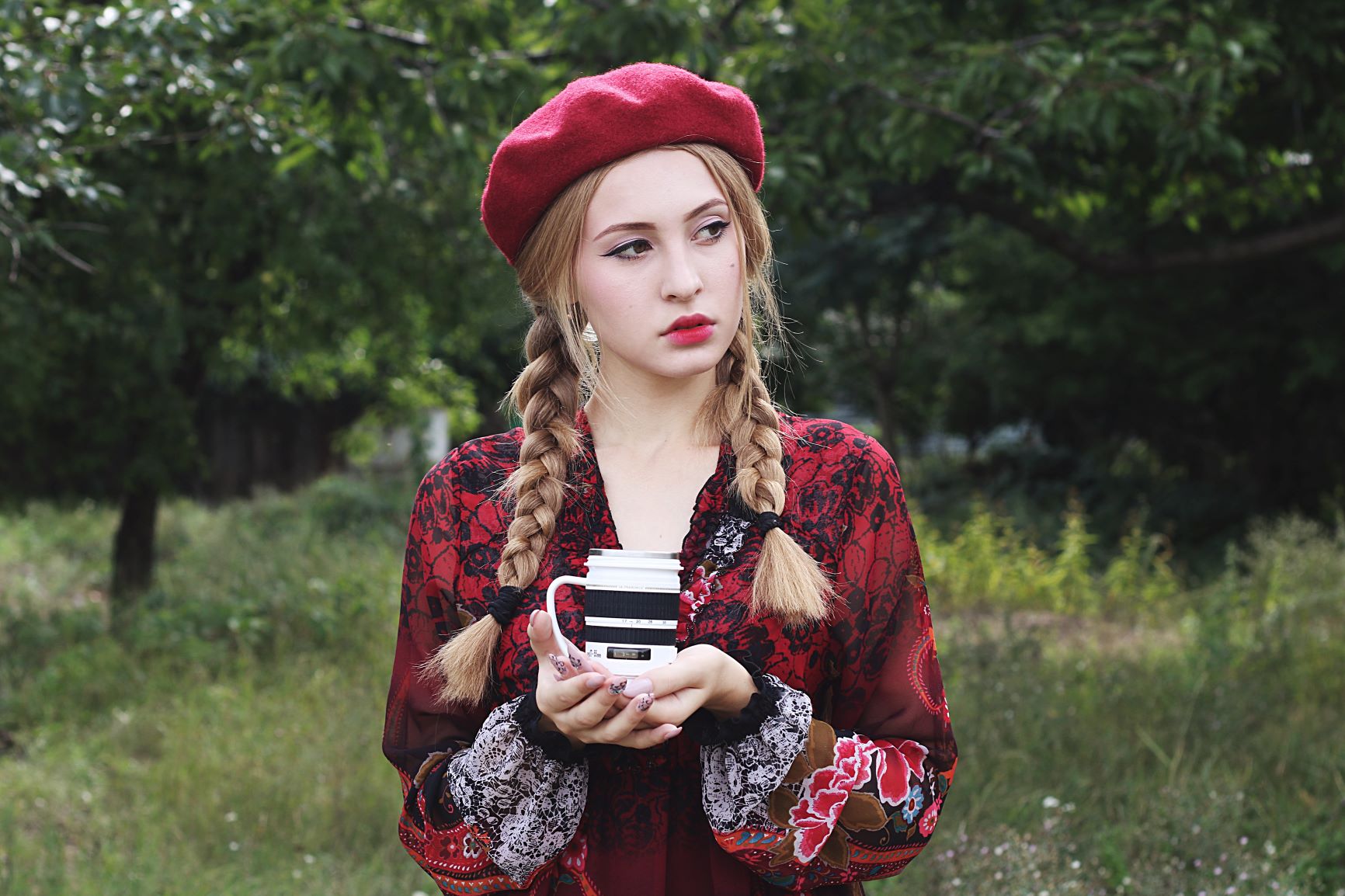 Birthday clothing varies as much as regional and personal styles do, but regardless, it is most frequently given as a full set--with articles that cover both upper and lower body. Socks are usually included, but may not be in warmer weather. Shoes are usually included for children or adults who are in need of new shoes. Headgear and other accessories, such as jewelry, may or may not be included, depending on family traditions and the personality of the recipient. If a person receives only one set of clothes, it is usually clothing which would be considered special occasion wear (this is especially true for children). If they receive multiple sets of clothing, the first set, which is also the one worn on the birthday, is usually special occasion clothing, while other sets are better suited for every day wear. They might also include other special types of clothing, such as bathing suits or pajamas.
Birthday clothing varies as much as regional and personal styles do, but regardless, it is most frequently given as a full set--with articles that cover both upper and lower body. Socks are usually included, but may not be in warmer weather. Shoes are usually included for children or adults who are in need of new shoes. Headgear and other accessories, such as jewelry, may or may not be included, depending on family traditions and the personality of the recipient. If a person receives only one set of clothes, it is usually clothing which would be considered special occasion wear (this is especially true for children). If they receive multiple sets of clothing, the first set, which is also the one worn on the birthday, is usually special occasion clothing, while other sets are better suited for every day wear. They might also include other special types of clothing, such as bathing suits or pajamas.
Variations

by Rachel Park
Because it is considered good luck for the person to wear the new clothes on the day they were given, most families celebrate over breakfast. The meal is generally grander than usual, often a favorite dish of the celebrated person, but it is usually not eaten until everyone has been able to share their memories of the loved one. In some cases, the clothes are presented before the sharing of memories, or a second round of short blessings is had after the person has changed into the new clothing.
Children vs. Adults

by Nandhu
As in many cultures, Linakran birthdays for children tend to be larger affairs than for adults. While children usually receive a full set of clothes, or even more than one, adults may receive only a single item. This is partially because children are more likely to need new clothes than adults, as they quickly outgrow them. In some families, it becomes tradition for a child to receive a specific item (such as a new dress, new shoes, or pajamas) from a particular family member each year.
Often, children celebrate on the morning of their birthday with their immediate family, and again later in the day, or on a different day with extended family and friends. This second celebration mirrors the first, with each person sharing a valuable memory, followed by a presentation of gifts, which may include both clothing and other presents such as books or toys. Younger children may then have the opportunity to play games with their peers. A second celebration for adults is usually a more informal gathering among close friends. It may not include gift-giving, but does include the sharing of memories and blessings for the individual, as this is an opportunity for people to honor strong and growing friendships.
Social Strata
Variations in birthday celebrations, especially those of children, can also be seen between wealthier and poorer families. Poorer families are less likely to have two celebrations, and if they do have two, they are both often held at home, whereas wealthier families may host the second celebration at a favorite restaurant. Children from wealthier families are also more likely to receive multiple sets of clothing, whereas poorer children may receive only one, or in some cases, may receive only a single article of clothing, likely that the child most needs replaced at the moment. This is in part because an important part of the tradition is that birthday clothes are new. Therefore, poorer families may give a child new clothes on their birthday and replace other clothes with hand-me-downs later in the year.Birthday Celebrations in Schools
Though gift-giving does not usually occur within school celebrations, Linakran children are generally honored on their birthdays in their classrooms. On a child's birthday, the teacher will spotlight them at the beginning of class and share a special memory or blessing for that child, instructing each student to do the same in turn. Most Linakrans believe that the inclusion of birthday celebrations within the school systems helps teach children the importance of kindness and friendship. Sometimes the child is also presented with a small token--such as a new pencil or a piece of candy.Types of Clothing

by Lilia Beda
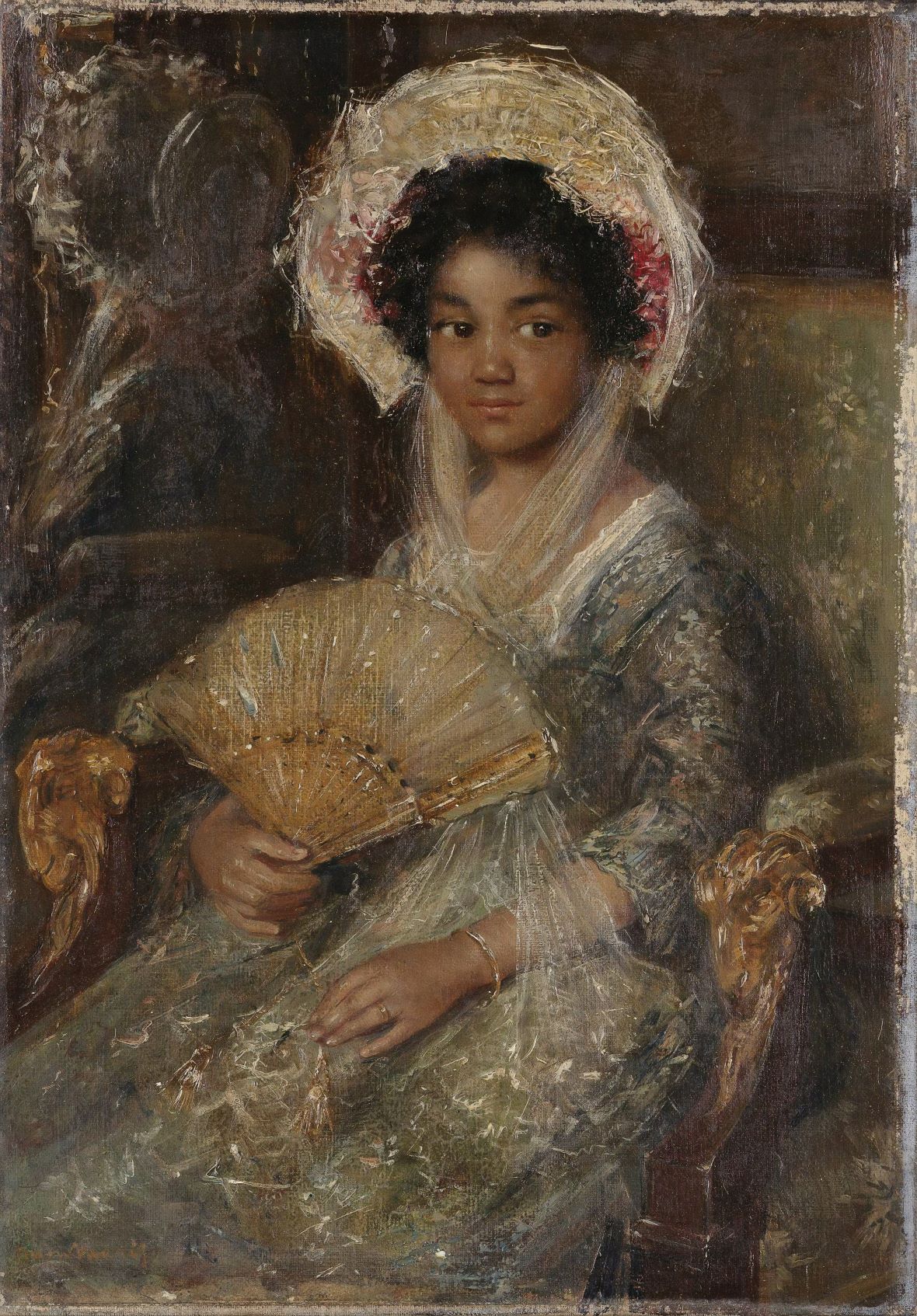
by Europeana
Money as a Gift

by Ibrahim Ri
Related Ethnicities
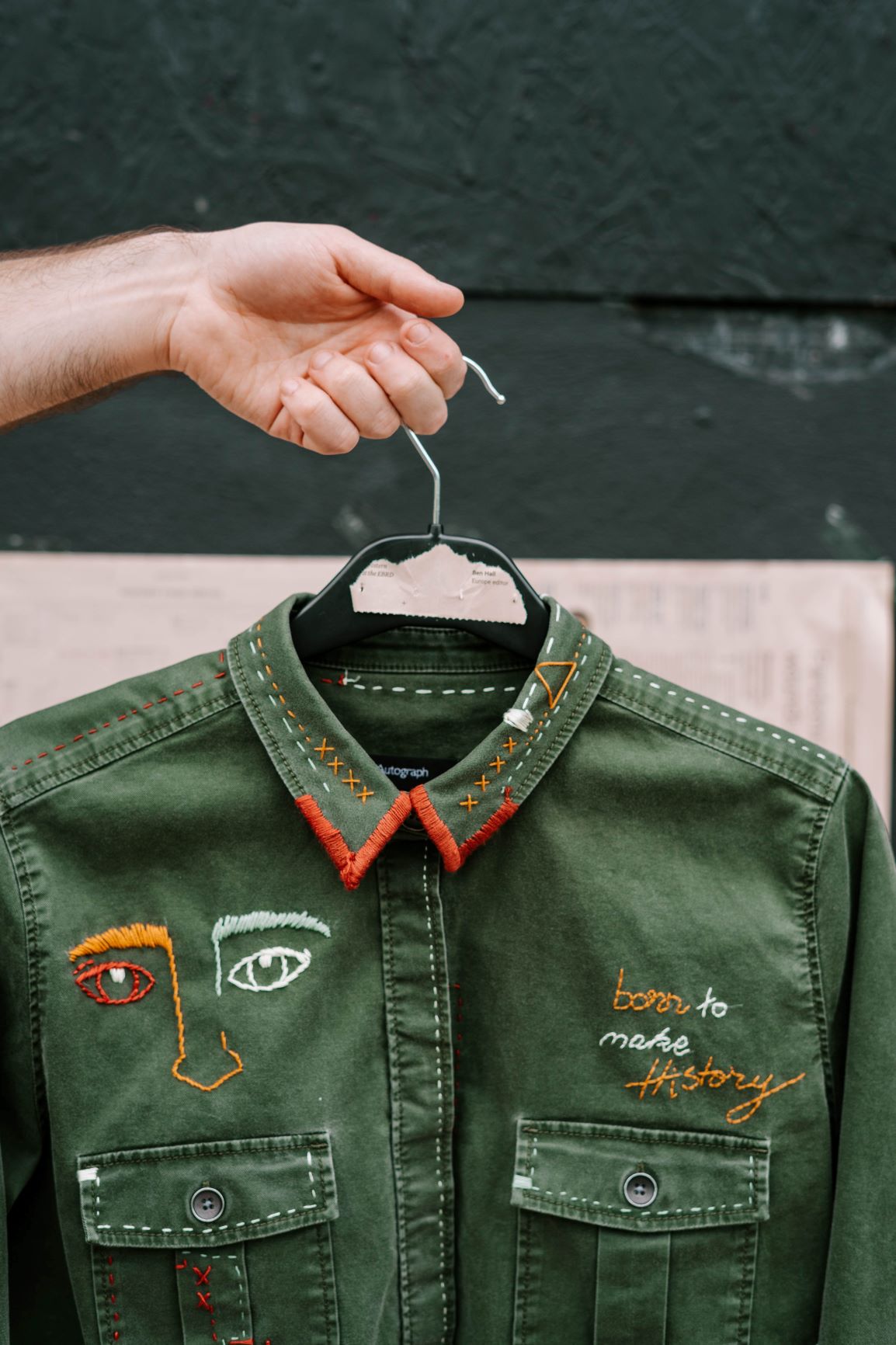
by Toa Heftiba

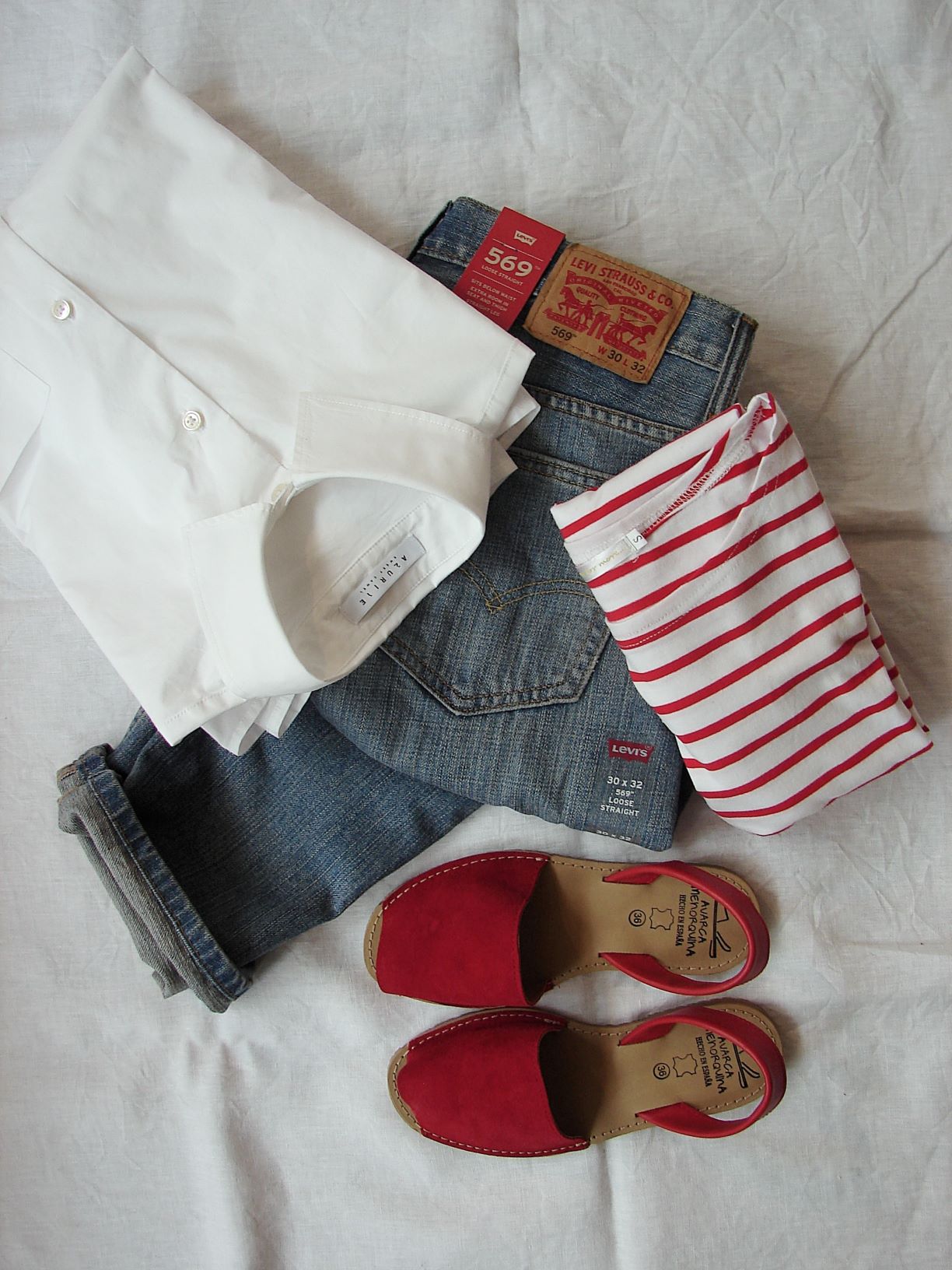

Comments